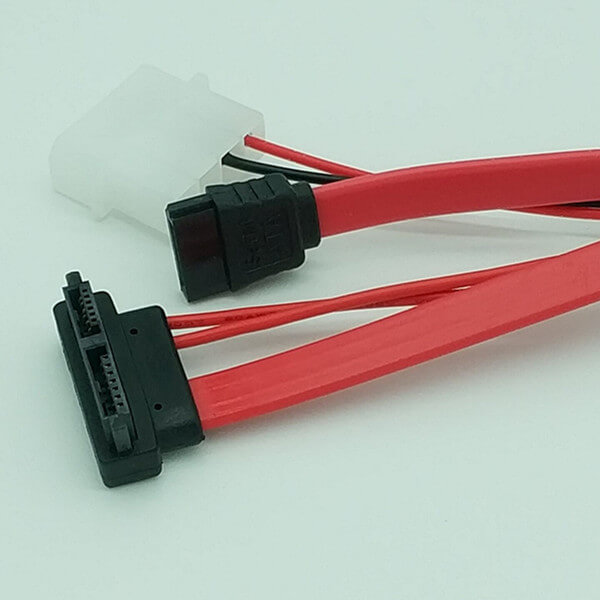What are the limitations of Slimline SATA?
Slimline SATA, while advantageous for its compact size, does come with certain limitations compared to standard SATA. Here’s an overview of its key limitations:
1. Limited Availability
Component Options: Slimline SATA connectors and cables are less common than their standard SATA counterparts. This can limit the availability of compatible components and accessories.
Compatibility: Some systems or enclosures may not support Slimline SATA, making it challenging to find parts or solutions that fit specific needs.
2. Physical Size Constraints
Reduced Durability: The smaller connectors and cables can be less robust compared to standard SATA, potentially leading to issues with durability and connection reliability over time.
Handling: The smaller size can make it more challenging to handle and connect, particularly in tight spaces.
3. Cost
Higher Prices: Slimline SATA adapters and cables may be more expensive than standard SATA components due to their specialized nature and lower production volumes.
Premium Products: The cost of equipment designed to work with Slimline SATA, such as external enclosures or docking stations, might be higher compared to standard SATA equivalents.
4. Data Transfer Rate
No Performance Difference: While Slimline SATA supports the same data transfer speeds as standard SATA (e.g., SATA II or SATA III), its performance might be indirectly affected by the quality of adapters or cables used. Poor-quality components could potentially introduce issues.
5. Limited Power Connection Options
Power Supply: Slimline SATA connectors are primarily focused on data transfer and may require separate power connectors or adapters, especially if the device was originally designed to work with a standard SATA power connection.
6. Usage in Specific Application
Target Devices: Slimline SATA is typically used in specific applications like slim laptops, ultra-thin external drives, and some older optical drives. It’s not commonly used in modern desktop systems or high-performance setups.
7. Integration Challenges
Adapters: When using adapters to convert between Slimline SATA and standard SATA, there could be potential issues with signal integrity or reliability if the adapter is not of high quality.
Compatibility Issues: Ensuring full compatibility and proper functioning of Slimline SATA devices when integrated into systems designed primarily for standard SATA might sometimes require additional adjustments or solutions.
In summary, while Slimline SATA offers advantages in terms of compactness and design flexibility, its limitations revolve around availability, durability, cost, and integration challenges. These factors should be considered when deciding whether to use Slimline SATA or standard SATA in a particular setup.
Send your message to us:
Post time: Jul-11-2024
